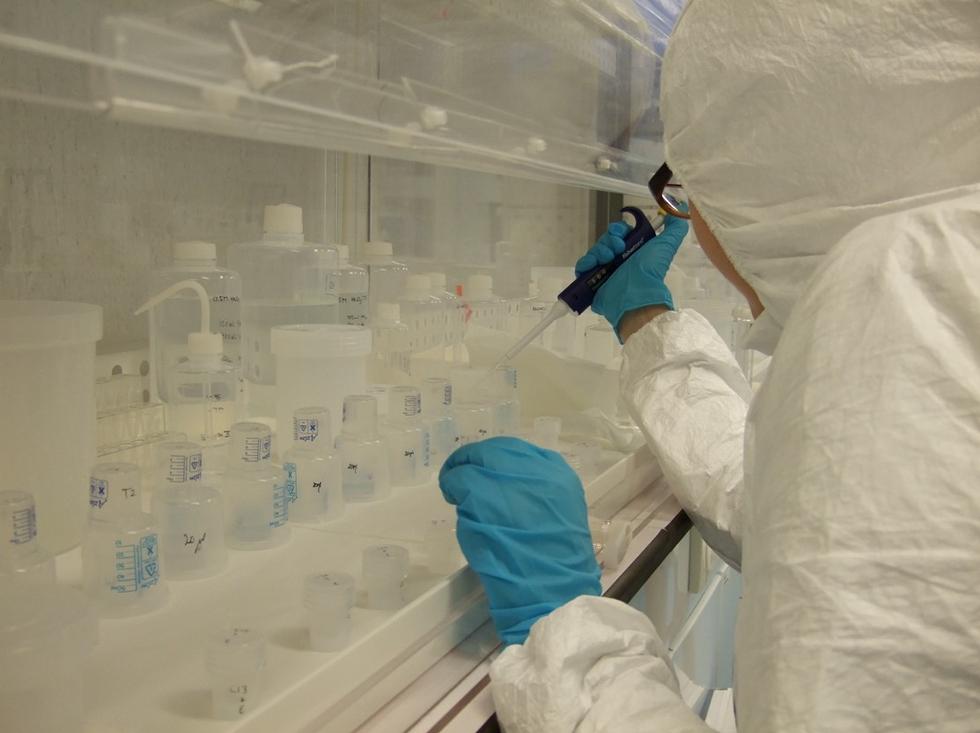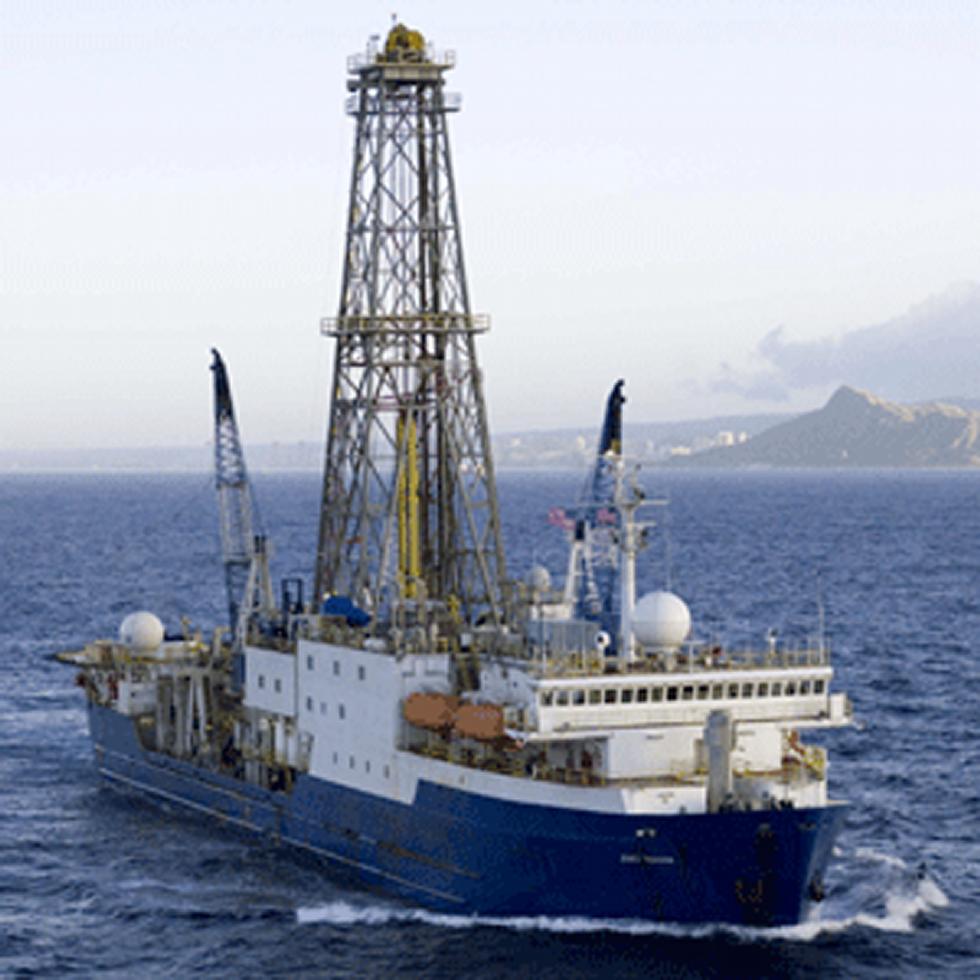CO2 levels in Earth’s atmosphere will be higher than at any time in the last 3.3 million years by 2025
%20picture%20of%20fossilised%20shell_University%20of%20Southampton.jpg_SIA_JPG_fit_to_width_INLINE.jpg)
By 2025, atmospheric carbon dioxide (CO2) levels will very likely be higher than they were during the warmest period of the last 3.3 million years, according to new research by a team from the University of Southampton published today in 'Nature Scientific Reports'.
The team studied the chemical composition of tiny fossils, about the size of a pin head collected from deep ocean sediments of the Caribbean Sea. They used this data to reconstruct the concentration of CO2 in Earth’s atmosphere during the Pliocene epoch, around 3 million years ago when our planet was more than 3°C warmer than today with smaller polar ice caps and higher global sea-levels.
Dr Elwyn de la Vega, who led the study, said: “Knowledge of CO2 during the geological past is of great interest because it tells us how the climate system, ice sheets and sea-level previously responded to the elevated CO2 levels. We studied this particular interval in unprecedented detail because it provides great contextual information for our current climate state”.
To determine atmospheric CO2, the team has used the isotopic composition of the element boron, naturally present as an impurity in the shells of zooplankton called foraminifera or ‘forams’ for short. These organisms are around half a millimetre in size and gradually accumulate in huge quantities on the seabed, forming a treasure trove of information on Earth’s past climate. The isotopic composition of the boron in their shells is dependent on the acidity (the pH) of the seawater in which the forams lived. There is a close relationship between atmospheric CO2 and seawater pH, meaning past CO2 can be calculated from careful measurement of the boron in ancient shells.
Dr Thomas Chalk, a co-author of the study, added: “Focussing on a past warm interval when the incoming insolation from the Sun was the same as today gives us a way to study how Earth responds to CO2 forcing. A striking result we’ve found is that the warmest part of the Pliocene had between 380 and 420 parts per million CO2 in the atmosphere. This is similar to today’s value of around 415 parts per million, showing that we are already at levels that in the past were associated with temperature and sea-level significantly higher than today. Currently, our CO2 levels are rising at about 2.5 ppm per year, meaning that by 2025 we will have exceeded anything seen in the last 3.3 million years.”
Professor Gavin Foster, who was also involved in the study, continued: “The reason we don’t see Pliocene-like temperatures and sea-levels yet today is because it takes a while for Earth’s climate to fully equilibrate (catch up) to higher CO2 levels and, because of human emissions, CO2 levels are still climbing. Our results give us an idea of what is likely in store once the system has reached equilibrium.”
“Having surpassed Pliocene levels of CO2 by 2025, future levels of CO2 are not likely to have been experienced on Earth at any time for the last 15 millions years, since the Middle Miocene Climatic Optimum, a time of even greater warmth than the Pliocene.” Dr de la Vega concluded.
The paper 'Atmospheric CO2 during the Mid-Piacenzian Warm Period and the M2 glaciation' is published in 'Nature Scientific Reports' (https://doi.org/10.1038/s41598-020-67154-8).

